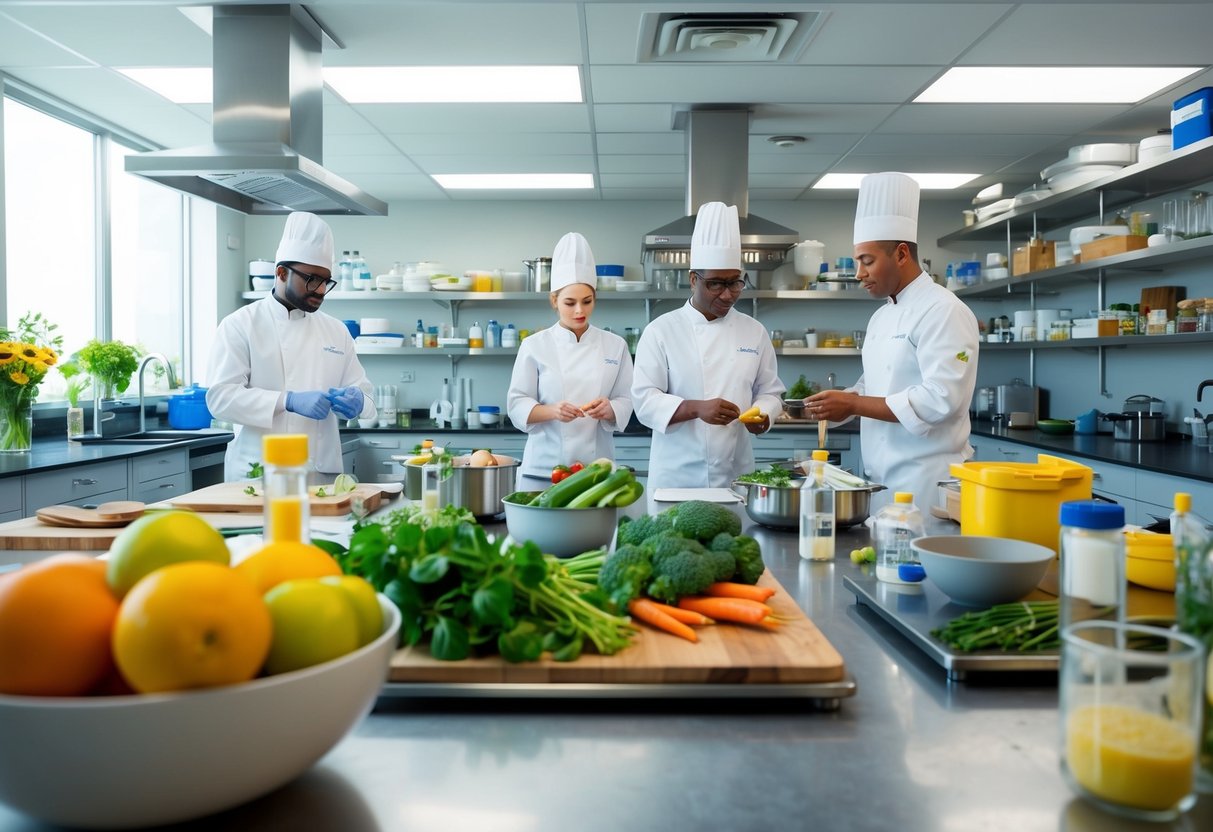Food Innovations: Exploring the Latest Trends in Culinary Science
The Role of Personalized Nutrition
Personalized nutrition revolves around customizing diets to fit individual genetic profiles, lifestyle, and health needs. By considering genetic makeup and metabolic responses, professionals can design diets that maximize health benefits and nutritional value. Technologies like DNA testing and wearable devices allow better tracking of dietary effects and adjustments. This tailored approach can help manage chronic conditions, support weight loss, and optimize overall health. Personalized nutrition emphasizes the importance of individual variability in dietary needs, departing from one-size-fits-all models toward more precise, result-driven strategies.
Sustainable Solutions in the Food Industry

Innovations in the food industry are crucial for reducing environmental impacts. With a growing focus on sustainable practices, improving production methods and developing eco-friendly packaging are essential. Companies are adopting various strategies to address these concerns.
Environmental Impact and Production
Sustainability in food production emphasizes minimizing waste and maximizing efficiency. Advances such as precision agriculture help optimize resource use by employing data analysis and technology to monitor crop conditions. This leads to reduced water and pesticide usage, lowering the environmental footprint.
Aquaponics and vertical farming offer alternative methods to grow food efficiently in small spaces, using less water and no soil. These systems also eliminate the need for long-distance transportation, which decreases carbon emissions.
Innovations in Food Packaging
Food packaging significantly contributes to environmental waste. To combat this, the food industry is innovating with biodegradable and compostable materials. Plant-based films and edible coatings from natural sources like seaweed are replacing traditional plastics, helping reduce landfill accumulation.
New packaging technologies aim to extend the shelf life of products, which decreases food waste. Modified atmosphere packaging adjusts the gas composition within a package, maintaining product quality longer. By embracing these innovative approaches, the food industry aims to mitigate its impact on the environment while meeting consumer demands for more sustainable packaging solutions.
Emerging Food Technologies
Innovations in food technology are reshaping the culinary landscape. Key developments include the rise of 3D food printing and significant strides in food processing techniques.
The Advent of 3D Food Printing
3D food printing is revolutionizing how we think about meal preparation and presentation. Using digital designs, this technology allows for the creation of intricate and personalized food items that traditional cooking methods cannot achieve. It can transform purees, powders, and gel-like substances into visually stunning edible structures. This not only paves the way for creative culinary art but also has practical applications in nutrition management and customization.
The process improves portion control and supports dietary needs by tailoring nutrient content precisely. This technology is gaining traction in high-end restaurants and space missions where food weight and volume are critical. Moreover, it offers sustainability benefits by utilizing alternative ingredients and minimizing waste. As 3D printing becomes more accessible, its potential reaches far beyond gourmet kitchens, influencing home cooking and institutional food services.



